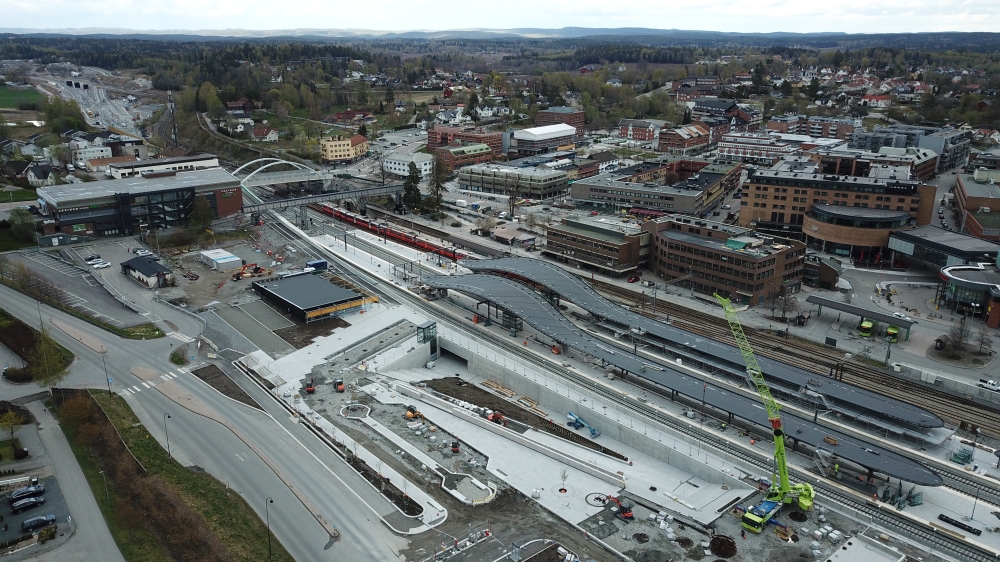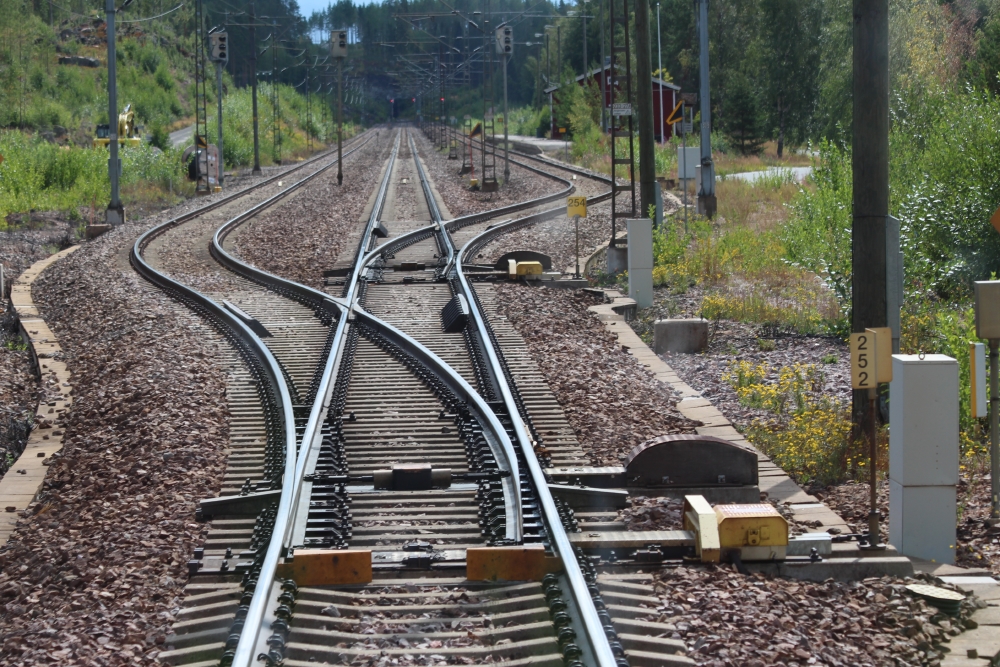Innovation
Shift2Rail Multimodality StandardisationShift2Rail
Objectives
Research and innovation (R&I) at European level is mainly carried out under the “Horizon 2020” initiative. In the rail sector, Shift2Rail is the first European rail initiative that seeks R&I and market-driven solutions by accelerating the integration of new and advanced technologies into innovative rail products. Shift2Rail manages various R&I “Innovative Programmes” (IP) involving more than 300 organisations for a total budget of around 900M€. The most relevant IPs for rail infrastructure managers (IMs) are those on “Advanced Traffic Management and Control Systems” (IP2) and on “Cost Efficient, Sustainable and Reliable High Capacity Infrastructure” (IP3). A new multiannual initiative of “Shift2Rail 2.0” is currently under discussion.
EIM in action
- EIM is a member of the Advisory Board of the IP3 Programme and supports the Shift2Rail initiative;
- EIM advocates to increase the participation and visibility of IMs in the future Shift2Rail 2.0 and a more transparent and inclusive project management. It also promotes the alignment of the output from Shift2Rail projects with the standardisation activities (e.g. in the Sector Forum Rail of the European standardisation organisations) and the activities of ERA.
2019
- EIM held regular meetings with Shift2Rail staff to share information on the progress of European research initiatives;
- EIM actively participated in various Commission initiatives to assess the result of the current Shift2Rail and the design of the future Shift2Rail 2.0;
- EIM promotes a more transparent and inclusive organisational structure of Shift2Rail 2.0 and a stronger alignment of Shift2Rail results with ERA.
Outlook 2020
- EIM will continue to promote the objectives and governance of the future Shift2Rail 2.0 in line with the needs of its members;
- EIM will continue to promote the link between Shift2Rail deliverables and standardisation activities in the relevant stakeholders’ groups, as well as an enhanced coordination with ERA.
Multimodality

Objectives
Individual transport modes, such as aviation, waterways, rail and road are becoming increasingly interconnected to form a seamless, multimodal transport network. The added value for society and industry consists in a greater service offering amongst different modes of transport, depending on the environmental footprint, convenience, offer, speed, distance, cost, etc.
The EU has developed various legislative and policy initiatives to foster a multimodal transport network. By the same token, the EU co-finances multimodal infrastructure and innovation via its funding programmes, such as the Multiannual Financial Framework (MFF) and in particular the Connecting Europe Facility (CEF). Rail infrastructure managers play a crucial role in multimodal transport systems, given their strategic location at urban nodes or multimodal hubs as well as their low environmental footprint and their interconnectivity at e.g. stations, terminals, ports and airports.
Rail infrastructure managers are aware of their increasing role as multimodal managers. Therefore, they have engaged individually, amongst peers or via EIM for the upcoming multimodal opportunities and challenges:
- EIM signed a cooperation agreement with its road peers from the Conference of European Directors of Roads (CEDR) to exchange best practice on multimodality and infrastructure-related topics (such as for example tunnels);
- EIM has joined the Electro-Mobility Platform, bringing together a large variety of transport and energy-related stakeholders;
- The members of EIM have also engaged in an internal dialogue related to stations and their role as multimodal hubs.
EIM in action
- EIM fosters a regular and constructive dialogue with other transport modes;
- EIM closely monitors EU activities and initiatives for a multimodal transport system;
- EIM cooperates with all EU institutions and market stakeholders to address interoperability issues hampering seamless transport flows;
- EIM cooperates with CEDR in various innovation activities, such as “Infrastructure for the Future” (i4Df). This project focuses on developing a common innovation ambition of transport infrastructure managers (EU-funded research and innovation programme);
- EIM also exchanges regularly with its experts about future infrastructure investment needs in view of automation of rail services, digitalisation of assets and services, harmonisation of infrastructure assets, etc.;
- EIM closely follows the ambition of the EU Agency for Railways to become a land transport agency.
2019
- EIM participated in the ‘Infrastructure for the Future’ (i4Df) project;
- EIM engaged in a constructive dialogue with all relevant stakeholders related to multimodality;
- EIM and CEDR jointly drafted a position paper on ‘Infrastructure Financing and Common Definitions’ to support infrastructure related funding in the next EU budget;
Outlook 2020
- EIM and its members will continue to participate in the ‘Infrastructure for the Future’ (i4Df) project;
- EIM will continue to join forces with other infrastructure managers and stakeholders to leverage the role of the rail infrastructure manager in the multimodal discussions on EU level.
Standardisation

Objectives
A Single European Railway Area (SERA) requires national rail systems to be interoperable. This is ensured by some key high-level directives (4th Rail Package), which are completed with specific implementing regulations (see the Technical Specifications for Interoperability -TSI). The TSIs are complemented by European standards (ENs) of the European Standardisation Organisations (ESOs). ENs are sometimes also used as part of the conformity process with the TSIs specifications.
EIM in action
- EIM is actively involved in standardisation through the participation and contribution to different dedicated groups such as:
- i) the European Sector Forum Railways (SFR, formerly JPCR), composed of rail sector associations of manufacturers, infrastructure managers, other rail stakeholders, CEN, CENELEC and ETSI;
- ii) the Standardisation Coordination Platform for Europe (RASCOP), composed of the above stakeholders plus the European Commission and the EU Agency for Railways (ERA).
2019
- EIM attended all RASCOP meetings and contributed to the identification of the sector priorities in terms of standardisation;
- EIM participated and contributed to the new ad-hoc RASCOP Working Group, whose objective is the identification and preparation of the list of Commission’s new “Standardisation Requests” to the ESOs
Outlook 2020
- EIM continues to contribute to the definition of the list of future Commission’s “Standardisation Requests” on the basis of the current and upcoming standard needs analysis made by the ad-hoc RASCOP Working Group.
- EIM continues to promote the exchange of information between the experts working in the EIMs Working Groups and in the ESOs Technical Committees.
